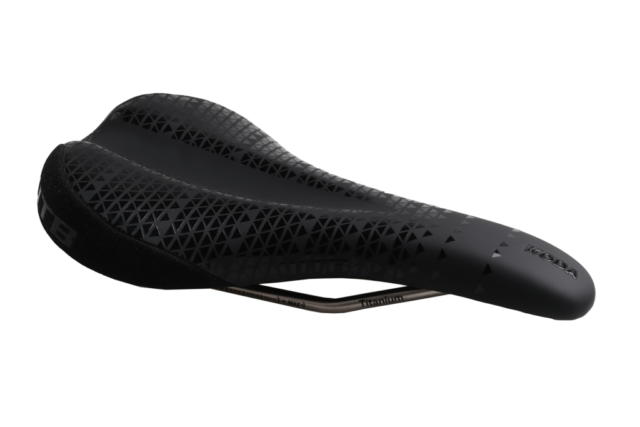
WTB Koda Team Saddle
Size Tested: Medium
Stated Weight:
- Medium: 210 grams
- Wide: 223 grams
Blister’s Measured Weight (Medium): 209 grams
Stated Dimensions
- Medium: 142 mm x 265 mm
- Wide: 150 mm x 265 mm
Mounted to:
- Devinci Spartan
- Surly Cross Check
MSRP: $129.95
Reviewer: 5’7” 150 lbs
Test locations: Whitefish, MT
Test Duration: ~2 months
Intro
I know a lot of ladies out there are riding saddles designed for men, and as someone who’s done the same thing, it’s easy to arrive at the conclusion that they’re fine. And while I had always heard the hype of a women-specific saddle, I didn’t necessarily buy into it in the past.
But I’ve now been converted. I spent the last year or so on the women-specific WTB Koda and Deva saddles, and they’re pretty eye-opening in terms of the comfort they’ve offered. The Koda is a flatter saddle that has worked very well for a variety of rides, and has now become one of my go-to saddles.
Options
WTB makes the Koda in a few different configurations with different types of padding and different rails. The rails come in titanium, chromoly, and steel options at a range of price points. For the padding, WTB offers their DNA Padding (a denser, lighter-weight padding), as well as their standard padding. The version I rode was the Team edition, which has titanium rails and the DNA padding. Most of the Koda models come in a microfiber cover, with the exception of the basic “Comp” model, which comes with a synthetic cover. All the Koda models come with WTB’s “flex-tuned shell” which essentially means the shell of the saddle has some built-in flex to it to make things a bit more comfortable.
Shape
The Koda saddle is designed with a wider, deeper channel down the middle. When sitting on the saddle, the wider channel is definitely noticeable. The saddle puts me in a position where more pressure is on my sit bones than on the pelvis. The saddle remains wide through the special lady parts which keeps the pressure off the areas where you don’t want it. The nose of the saddle is also wide, but not so wide that it feels out of place.
The Koda comes in two widths, with the Medium at 142 mm and Wide at 150 mm.

Performance
Saddles are a pretty personal choice; what works well for one person might not work well for another. And different saddles are also going to work well for different riding styles — someone who logs a lot of miles sitting in one position might prefer a different saddle compared to someone who rides a lot of technical climbs and is constantly shifting their body position.
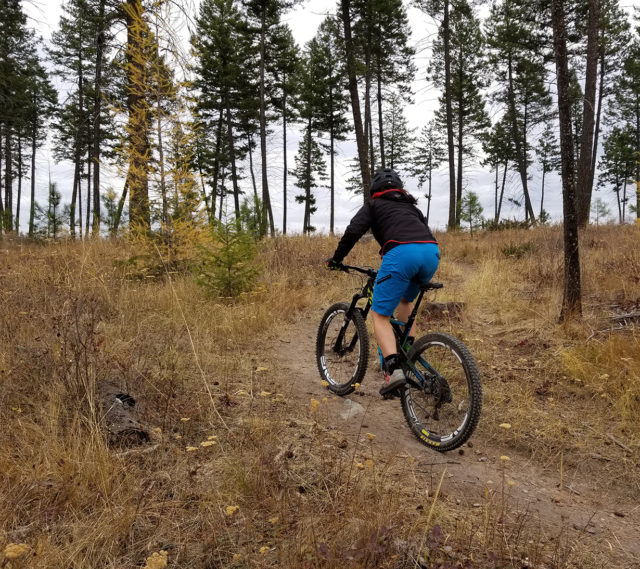
The Koda is a relatively flat saddle, which is what I tend to prefer. While a more sculpted shape can offer better support for a rider that’s not moving around as much, I find that a flatter saddle allows me to shift around on climbs and keep my weight where I need it to maintain traction.
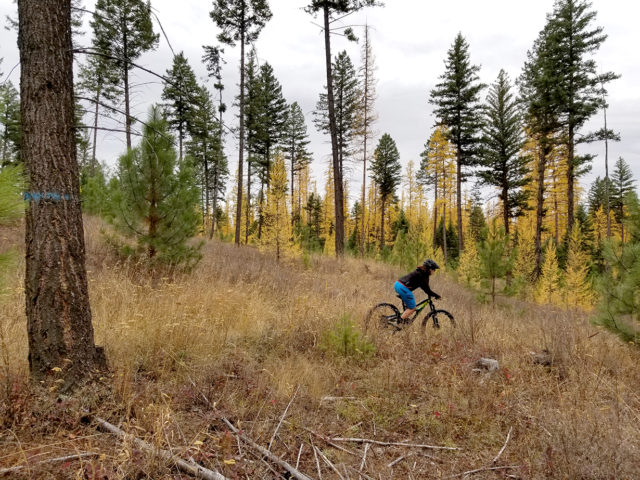
The trick with a flatter saddle is offering that ease of movement while also providing enough support to be comfy on longer rides. The Koda gets there by utilizing a relatively wide nose, and a wider channel down the center. While plenty of saddles have channels of some sort, the Koda’s shape avoids a sharply contoured hole in favor of a more gentle depression. The result is a saddle that puts my weight on my sit bones allowing my lady parts to be comfortable.
Compared to the WTB Deva
There are lots of saddles out there, and I certainly haven’t ridden all (or even most) of them. But I’ve been swapping back and forth between the WTB Koda and Deva. Both of these saddles initially look pretty similar, so here’s how they compare.
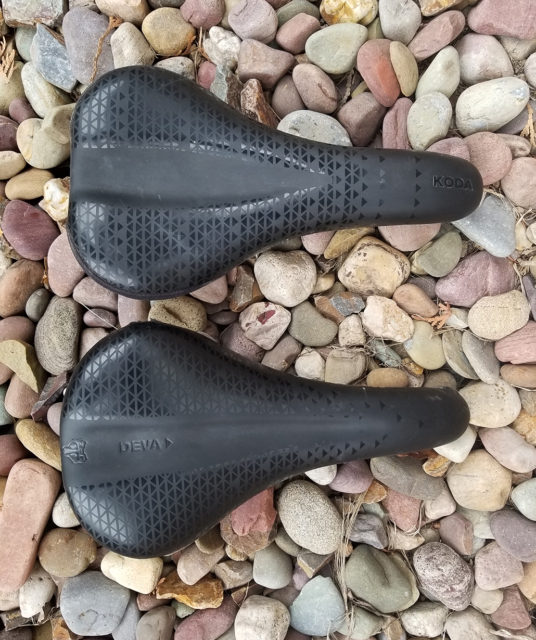
The Koda saddle feels a bit wider than the Deva, even though — by the numbers — the Deva is a smidge wider. While on the Koda, my weight is much more noticeably on my sit bones and the Koda is noticeably wider through the pelvic area. This allows my pelvis to tip forward when riding without my “lady area” pressing against the saddle. While on the Deva, I personally didn’t notice any pressure in the “lady area,” but if your anatomy requires a wider channel, then the Koda is the way to go.
Similarly, the nose of the Koda is substantially wider than the Deva. This keeps your weight dispersed, especially when perched up on the front for steep climbs. I didn’t notice the width getting in the way, but fans of slimmer saddles might get annoyed by it.
The tail of the Koda also angles up just a little bit more than the Deva. It’s not a huge difference, and I’d still call both the Deva and the Koda fairly flat, but the Koda has a little more contour going on.
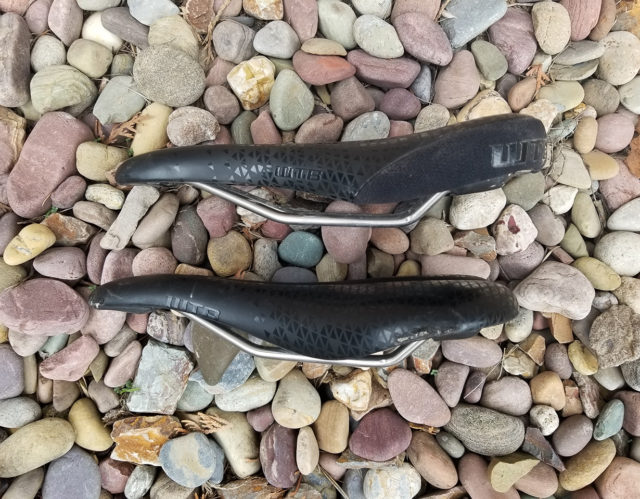
Bottom Line
Every woman who spends more than a nominal amount of time sitting on a bike seat owes it to themselves to try a women-specific saddle. The WTB Koda is worth checking out if you prefer a flatter saddle, which often works well if you’re riding more technical trails and places with steep bits that require a bit more body movement. Being slightly wider, the Koda works great for people who aren’t looking for a super narrow option, but also don’t want something so wide that it interferes with getting behind the saddle.
